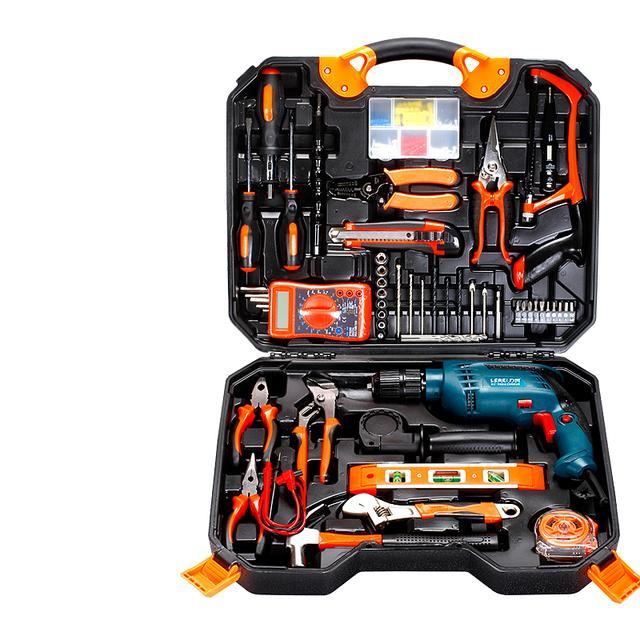五金店铺的摆放与布置
The placement and arrangement of hardware store items are crucial for attracting customers and maximizing sales. With careful consideration of customer flow, merchandise should be displayed in a way that is accessible and appealing to the average shopper. Grouping items by type, such as tools, fasteners, and electrical supplies, helps customers find what they need quickly. Additionally, using eye-catching displays and labels can help merchandise stand out and attract attention. By creating a layout that is both functional and visually appealing, hardware stores can create a memorable shopping experience that encourages customers to return.
Introduction

Hardware stores, filled with a diverse selection of tools, hardware, and accessories, are essential for any DIY enthusiast or professional contractor. The way these stores are organized and presented is crucial for customer experience, sales, and overall store efficiency. In this article, we explore the essential elements of hardware store layout and how to best organize your store to maximize customer satisfaction and sales.
Store Layout
The overall layout of your hardware store should be well-planned and organized to ensure customers can easily find what they need. The most common store layouts include a straight line layout, grid layout, or free-flow layout. Each of these layouts has its own advantages and disadvantages, so it's essential to choose the one that best suits your store's specific needs.
Straight Line Layout: This layout involves arranging the products in a straight line from front to back, with each product type having its own designated aisle. This layout is great for smaller stores or those with a specific focus, as it allows for a more targeted customer experience.
Grid Layout: In this layout, the store is divided into a grid of squares or rectangles, with each product type occupying its own grid space. This layout is popular for larger stores as it allows for more efficient use of space and makes it easier for customers to compare products side by side.
Free-Flow Layout: This layout involves no specific pattern or grid system, allowing the products to be arranged in a more natural or creative way. This layout is great for stores that want to create a more unique or memorable customer experience.
Product Placement
Once you have chosen your store layout, the next step is to arrange the products within each aisle or grid space. Here are some tips for effective product placement:
Categorize by Type: Group similar products together to create a more cohesive and organized look. For example, all plumbing supplies can be grouped together in one aisle, with each sub-category (e.g., pipes fittings, faucets) arranged alphabetically or by size.
Use Anchor Products: Anchor products are large, bulky items that can be used to create visual interest and act as a focal point for each aisle or grid space. These products should be placed at the end of an aisle or in a prominent position within a grid space to attract customer attention.

Create Customer Paths: By arranging products in a way that encourages customers to walk through the store in a specific path, you can maximize their exposure to other products and increase the likelihood of additional purchases being made.
Visual Merchandising
Visual merchandising techniques can be used to further enhance your hardware store's appeal and encourage customers to make purchases. These techniques include:
Window Displays: Window displays are a great way to showcase new products or highlight specific offers. They should be designed to be eye-catching and reflect the overall branding of your store.
End of Aisle Displays: Similar to window displays, end of aisle displays can be used to showcase products that complement the main offering in that aisle or grid space. These displays should be positioned at eye level for maximum impact.
Product Labels and Signage: Clear and concise product labels and signage are essential for customer navigation and product understanding. They should be placed on each product or within close proximity to it for easy reference.
Conclusion
The right hardware store layout and product placement can significantly impact customer experience, sales, and overall store efficiency. By carefully planning your store's layout, using effective visual merchandising techniques, and encouraging customers to explore their options, you can create a memorable and profitable hardware store experience for all involved.
Articles related to the knowledge points of this article:
Title: The Hardware Store in Hefei
Initial Stocking Tips for Opening a Hardware Store
Title: Open a Hardware Store: A Profitable Business Idea?



